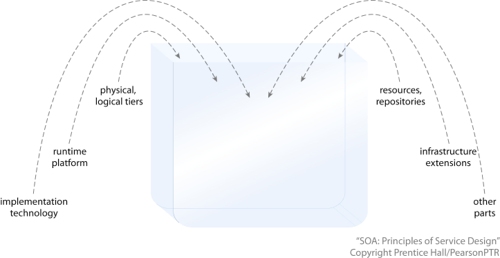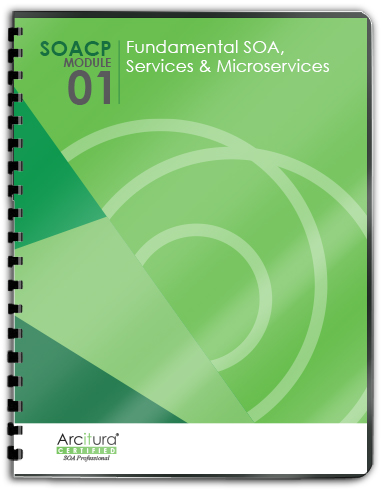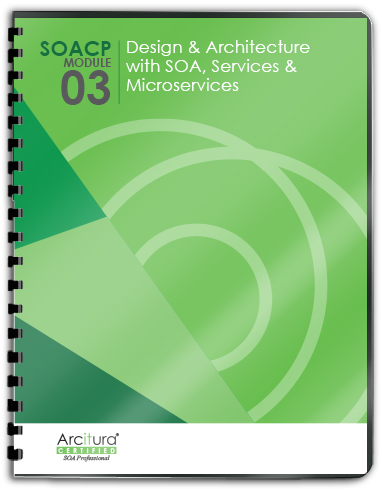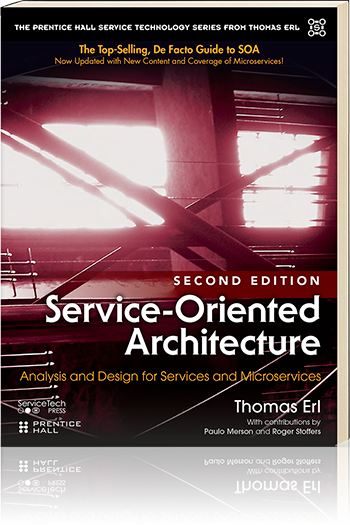SOA Patterns > Basics > What is SOA > Elements of Service-Oriented Computing > Service-Oriented Architecture (SOA) > Service-Oriented Architecture
Service-Oriented Architecture
SOA establishes an architectural model that aims to enhance the efficiency, agility, and productivity of an enterprise by positioning services as the primary means through which solution logic is represented in support of the realization of the strategic goals associated with service-oriented computing.
On a fundamental basis, the service-oriented computing platform revolves around the service-orientation design paradigm and its relationship with service-oriented architecture. In fact, the term “service-oriented architecture” and its associated acronym have been used so broadly by the media and within vendor marketing literature that it has almost become synonymous with service-oriented computing itself. It is therefore very important to make a clear distinction between what SOA actually is and how it relates to other service-oriented computing elements.
As a form of technology architecture, an SOA implementation can consist of a combination of technologies, products, APIs, supporting infrastructure extensions, and various other parts. The actual face of a deployed service-oriented architecture is unique within each enterprise; however it is typified by the introduction of new technologies and platforms that specifically support the creation, execution, and evolution of service-oriented solutions. As a result, building a technology architecture around the service-oriented architectural model establishes an environment suitable for solution logic that has been designed in compliance with service-orientation design principles.

Figure 1 – Container symbols are used to represent architectural implementation environments.


